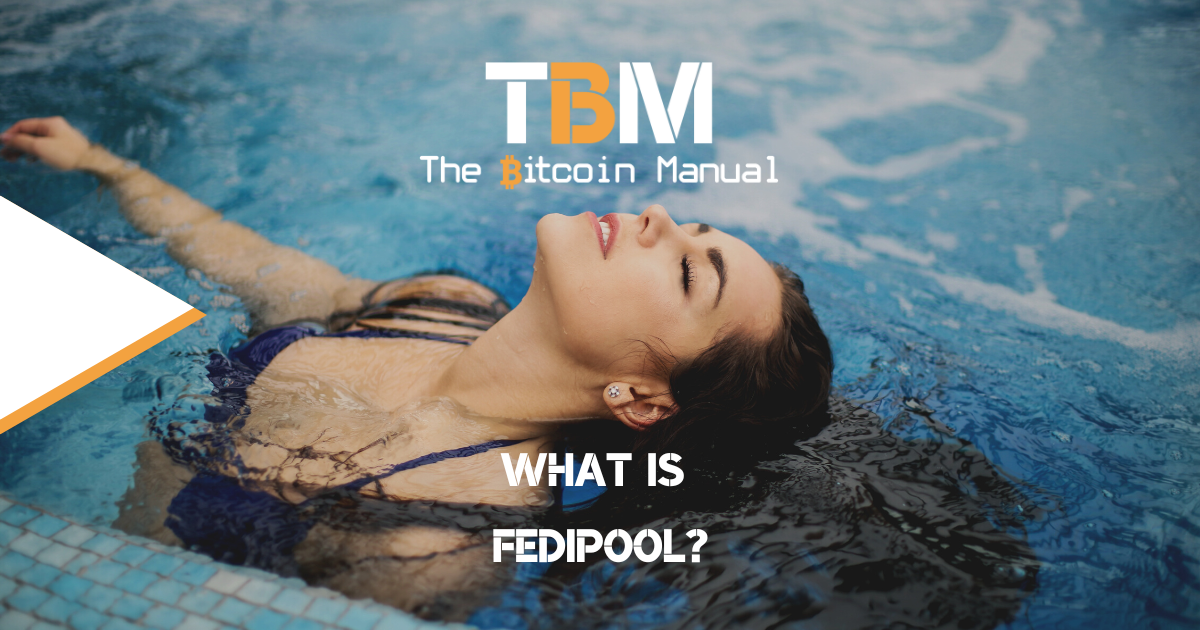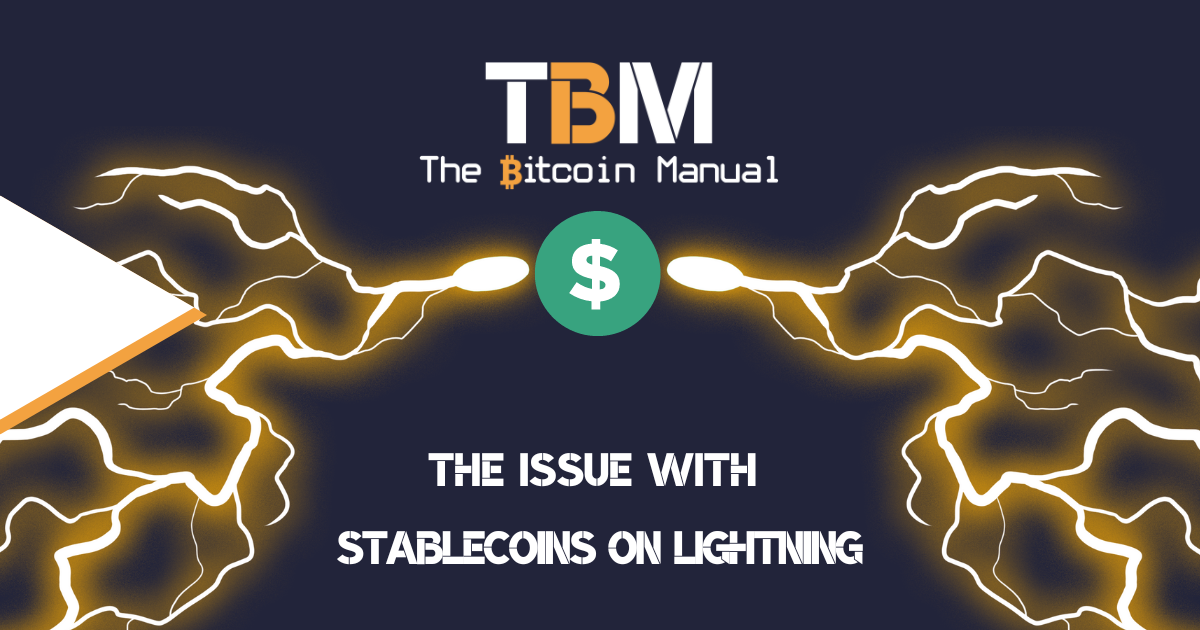Bitcoin transactions get verified through the process of mining, a method of providing computational power to secure the bitcoin network and protect it against attack. A bitcoin miner can submit its calculation proofs as hash rate directly to the network and compete with all other miners doing the same for the latest block. After every block is secured, one of those miners will receive a reward in the form of a block subsidy and transaction fees inside that block.
While the other miners miss out and get nothing! Yes, that’s right, the miners that have set up equipment, pay staff, run high-speed internet connections, and expend electricity in the hope of securing bitcoin, leave empty-handed.
While missing out on a block is a painful reality, miners do not quit until they cannot pay their bills, and as long as they have the capital to spare, they can compete for another 10 minutes to try and secure a block.

Playing this bitcoin lottery is a dangerous game if you’re going to do it solo; you’re competing with miners all over the world, all with different-sized operations, different machines, and different costs to run and even if you had the best of all three there is no guarantee it would return more bitcoin since there is an element of randomness to bitcoin rewards.
Instead of trying to play the odds, miners join bitcoin mining pools to improve their chances of netting a return for the hash rate they provide. Bitcoin mining pools have become increasingly popular in recent years as bitcoin’s value has skyrocketed, along with its competition. However, for every action in the network, there comes a trade-off, and understanding trade-offs and how they affect or could affect the bitcoin network should the trend continue is essential.
Bitcoin mining pools are an essential part of the bitcoin network, but many don’t even know about them. So what are mining pools, and how do they work?
How do mining pools work?
Bitcoin mining pools are akin to an aggregator or collector of hash rate that groups together a network of distributed miners who then cooperate to mine blocks together and distribute the payments based on each entity’s contribution to the pool. Instead of submitting your set of hash rate as a single submission and hoping to beat out others using a mining pool, you’re submitting a collective amount of hash rate increasing your chances of mining a block.
Instead of getting infrequent payments that would be the entire block subsidy and transaction fees, you now secure regular payments in proportion to your contribution to the pool while paying pool fees in exchange for being a part of this group of miners.
This allows miners to smooth out their revenue by providing more consistent payouts, a portion of something is better than a whole of nothing, right?
Contribution to a mining pool is measured in terms of contributed hash rate, for that block, each mining pool keeps track of all member’s contributions per block. Whenever any miner in the pool finds a block, they pay the block reward to the mining pool coordinator. The pool manager would then take its fee, and then redistribute the remaining rewards to each member miner based on their hash rate contribution.
The centralisation of mining.
As you can predict, miners will not spend a bunch of money on specialised mining equipment to play the lottery; they are there to get a return on their investment and begin to generate profits. So it makes sense to join a mining pool if it increases your chances of securing regular earnings for your efforts.
There are several mining pools in operation, all competing with each other to secure miners’ hash rate.
Miners choose mining pools based on their track record and reputation or by them offering lower fees or offering different payment structures.
Popular payment structures for mining pools include:
- Pay-per share (PPS): Allows instant payout solely based on accepted shares contributed by the pool member, who are allowed to withdraw their earnings instantly from the pool’s existing balance.
- Proportional (PROP): At the end of a mining round, a reward that is proportional to the number of the member’s shares with respect to total shares in the pool, is offered.
- Shared Maximum Pay Per Share (SMPPS): A method similar to PPS but limits the payout to the maximum that the pool has earned.
- Equalised Shared Maximum Pay Per Share (ESMPPS): A method similar to SMPPS, but distributes payments equally among all miners in the bitcoin mining pool.

Mining pools are effectively the organisers of the hash rate and have considerable influence over the network. What keeps mining pools in check are economically incentivised to act in the best interest of their end-clients, individual miners. Censoring transactions that yield higher revenues for their clients or disrupting the network via a 51% attack would see miners leave and migrate their hash rate to other pools instead.
If bitcoin is to remain a robust and censorship-resistant network, relying on the goodwill of actors is not a practical solution, and incentives are what keep people from becoming bad actors.
The problem with mining pool centralisation.
- A majority of bitcoin miners rely on mining pools for their payouts adding custodial risk.
- Individual miners prefer to use pools because they reduce overhead, and it’s the rational option with no real alternative.
- Mining pool operators benefit from network effects. The more hash rate that is pointed at their pools, the more frequent and predictable the payments to miners, resulting in more miners joining.
- Pool operators can censor transactions, seize funds, and track users and could be forced to become OFAC compliant depending on where the mining pool is located.
- Miners have two main ways to mitigate these risks: withdraw bitcoin to their own wallets frequently to avoid exposure and increase on-chain fees for themselves or switch to a competing pool if their current operator acts maliciously or sets up unfavourable terms.
- Pool operators remain vulnerable as regulatory targets
- If a pool were to go down, it could take a considerable portion of the network’s hash rate offline.
- Pools can agree on out-of-bound transaction settlements and not compensate miners for those deals.
Fedimint as a potential solution.
If the current mining pool model adds a centralised actor as an aggregator of hash rate and custodian for the rewards, how could this model be updated to offer miners an alternative? Well, those working on Fedimint have a proposal to provide a distributed and permissionless solution.
Fedimint is an open-source protocol that combines bitcoin, Lightning Network, Chaumian eCash, and federated custodians (called Guardians) to create community wallets. These wallets require several custodians or federated members to use and provide blinded holding and distribution of funds, meaning more robust privacy, and reduced custodial risk.
When combined with eCash tokens and Lightning, FediMint offers cheap and fast payments within the community and interoperability with all bitcoin wallets.
While Fedimint development is focused on easy-to-use onboarding for consumer wallets that could replace the usage of major custodial wallet providers. The technology can be used to replace major custodial issues surrounding mining pools.
How a Fedipool might look?
A group of independent miners choose to create a Fedipool together rather than enter a traditional mining pool. These miners combine hash rate and continue to mine to ensure they are paid more frequently and predictably than mining alone. This part remains the same, but here’s where it deviates from the traditional model.
The Fedimint can make each miner a Guardian member if they choose, but if the Fedipool scales, additional miners can join the pool, but rather than be a Guardian, they choose which Guardian they want to construct their blocks.
If a miner or miners do not like the terms of the Fedipool, they are free to spin up a competing pool with very low friction, while miners can switch between pools with relative ease driving the need to keep their hash rate providing miners happy.
When a miner in a FediPool wins a block, the funds are sent to the mint along with POW shares so guardians can allocate all FediPool members their portion of the funds. Instead of funds being distributed to each miner on-chain, it’s kept in a muli-sig wallet controlled by the Guardians.
However, each miner will be allocated eCash tokens representing the number of satoshis they’ve earned while using the FediPool. A miner can then pay for goods and services using the eCash tokens, should they be transacting with other Fedimint users or burn those eCash tokens to release the bitcoin to either a Lightning Network wallet or an on-chain wallet.
Fedipool miners also have more control over block creation. Rather than trusting a single pool operator to construct blocks and choosing which transactions to include, each Guardian can construct their own blocks, reducing censorship risk.
What's Fedipool?
— R-Sync⚡️ (@RSync25) February 7, 2023
A group independent of miners decide create Fedimint together. They combine hash rate results and reduce payout variant. Each Guardian (federated custodial) can construct own blocks. Being a new miner insert in the pool, he can choose which pool is better. pic.twitter.com/24XlabIJwF
How a Fedipool implementation could work
- FediPool guardians establish consensus on the order of federation-controlled multi-sig addresses that miners need to set as the coinbase UTXO.
- To bootstrap guardians deposit on-chain into a treasury address or just mine for free.
- Miners request a mining block template from any of the guardians, verifying the multi-sig address is valid.
- We allow each guardian to create their own template to reduce the latency of waiting for consensus.
- Also, if each guardian creates a template, it could be more censorship-resistant than a centralised template construction (until Stratum V2 is widely adopted)
- Miners submit PoW shares to the pool as Fedimint transactions that pay to a public key. They control the private key for
- Only shares that pay the correct multi-sig address with enough PoW are accepted.
- If a configurable number of blocks are mined, OR shares are submitted, THEN we run a consensus round updating the difficulty per share and payout per share (FPPS).
- All guardians/miners must switch to a new template that pays to the next multi-sig address.
- Guardians may also be paid via shares as a % of the total shares fee.
- Clients automatically spends shares in eCash wallets.
- The private key of the share is used to sign the tx.
- Ecash can later be withdrawn at the miner’s determination via on-chain or the Lightning Network.
How Fedimint properties change mining pools
There is currently plenty going on in the eCash space with active development of Cashu and Fedimint open-source projects. These projects provide a new toolkit for all bitcoiners and provide these benefits without any changes to the bitcoin protocol.
This is incredibly important since the bitcoin protocol is difficult to change by design, meaning we retain the safety of the base layer, but now miners can access benefits such as:
- Rewards cannot be seized as long as at least two of the Guardians act honestly.
- Miners receive the privacy benefit of Chaumian ecash.
- Mining fee distribution has a lower on-chain footprint reducing the need for block space.
- Miners can withdraw mining rewards using bitcoin or lightning at their leisure.
- Regulatory risk is significantly reduced since Guardians can be easily located in different jurisdictions worldwide.
- FediPool guardians are entirely blinded to funds moving in and out of the pool by members.
- Users can pay for out-of-bound transactions in Lightning or eCash tokens.
- Easier to secure non-KYC mined bitcoin without additional costs like CoinJoins.
On top of these benefits, miners will gain access to features they’ve wanted for quite some time at the mining pool layer, such as more private payouts to avoid KYC threats in the future, hide from on-chain tracking tools and request payouts via the Lightning Network.
Do your own research.
If you want to learn more about federated mining pools on bitcoin, use this article as a jumping-off point and don’t trust what we say as the final say. Take the time to research other sources, and you can start by checking out the resources below.
- GitHub
- Fedipool: Fedimint Could Mitigate Bitcoin Mining Pool Concerns
- Fedipools as a potential solution to centralization risk
Are you investing in the bitcoin ecosystem?
Do you invest in bitcoin mining? Are you considering bitcoin mining? Have you been mining for some time? How do you deal with the noise? Let us know in the comments down below.




